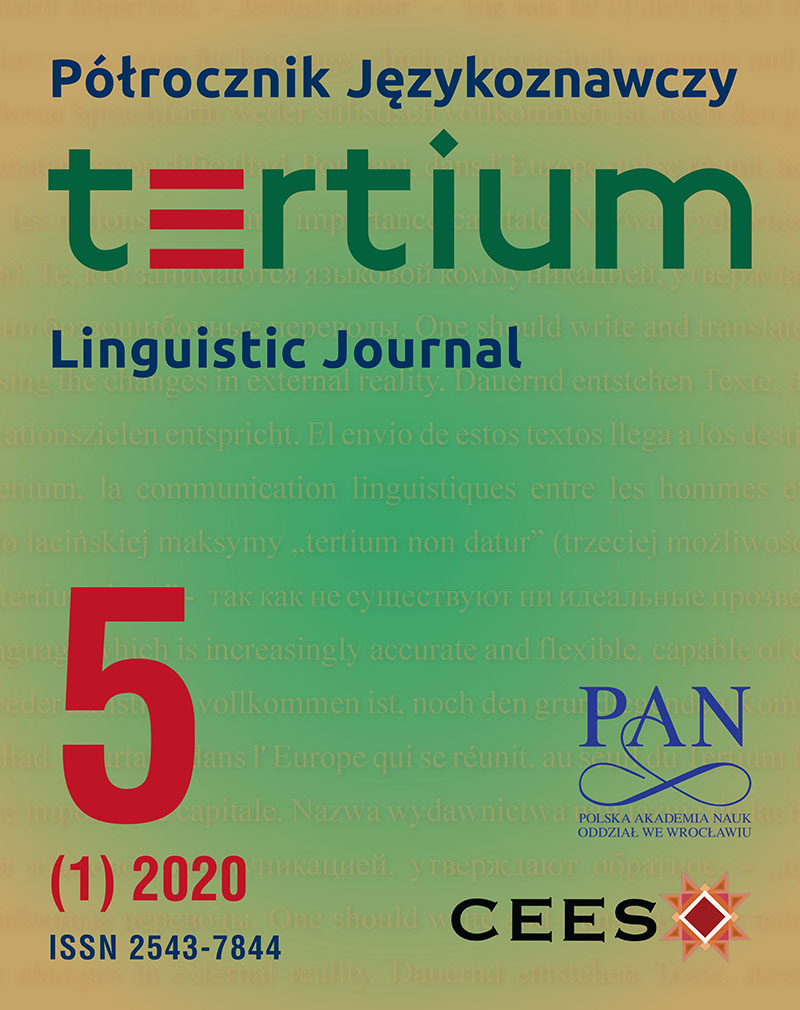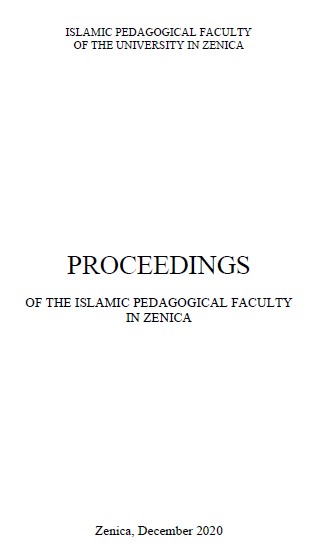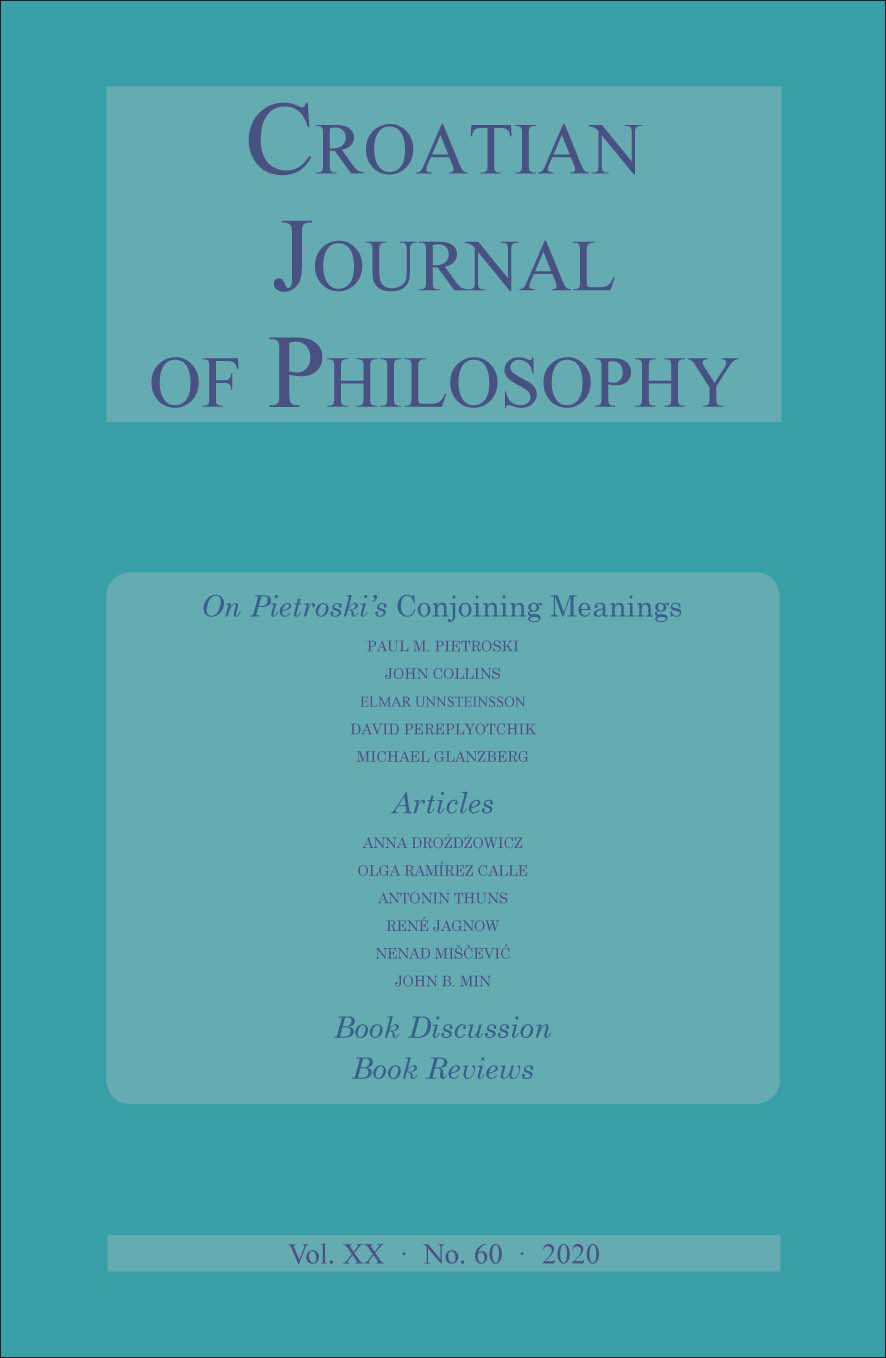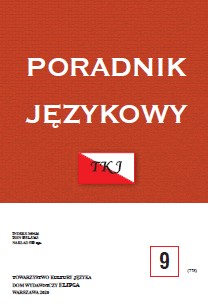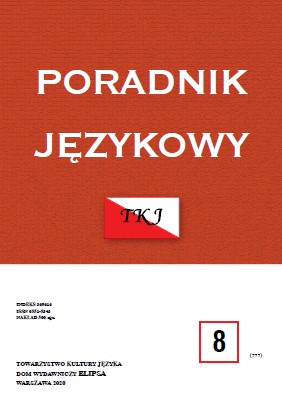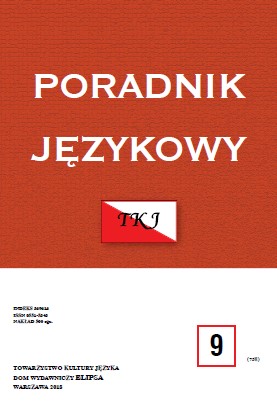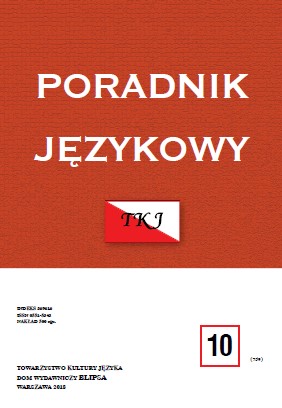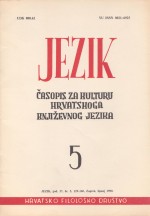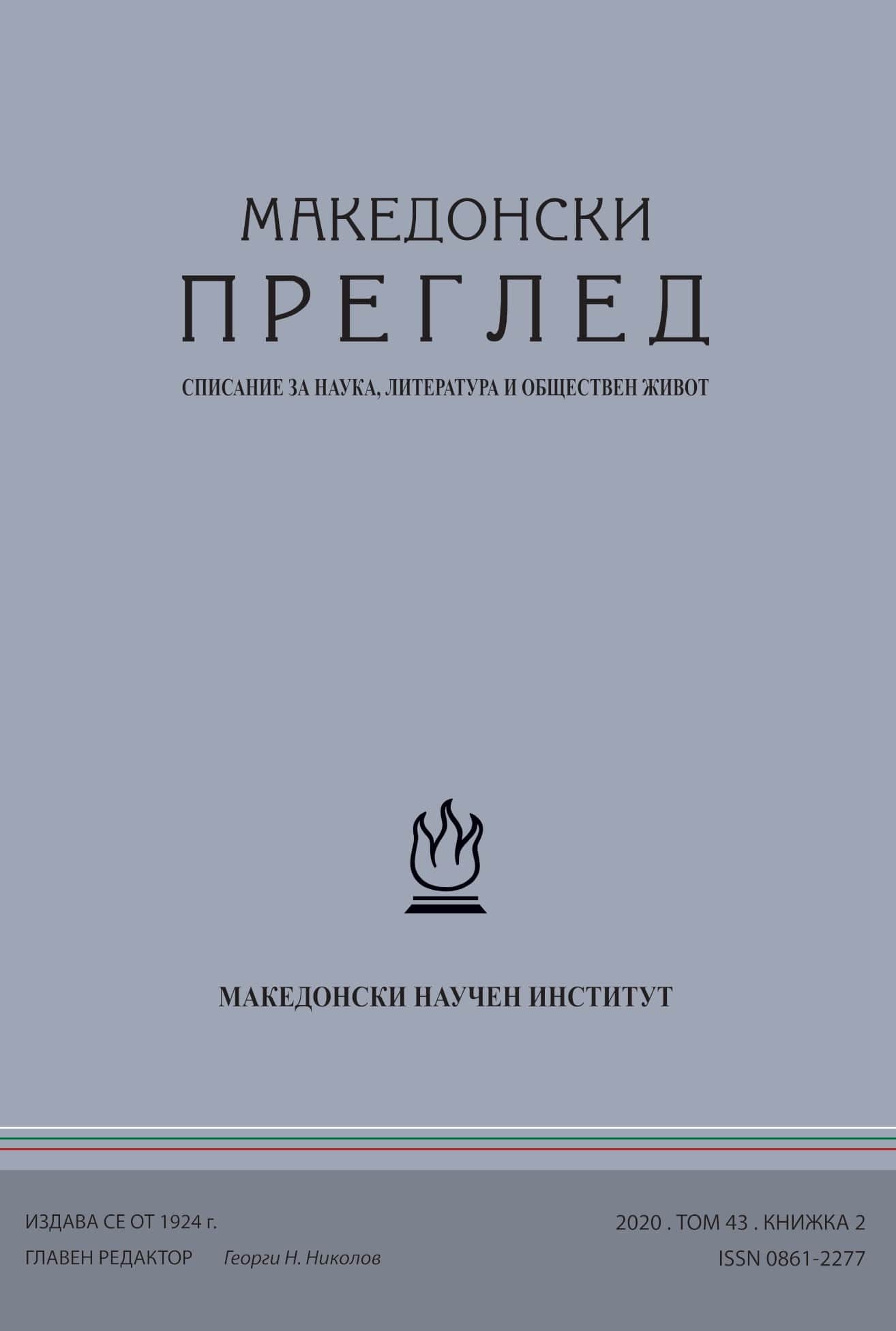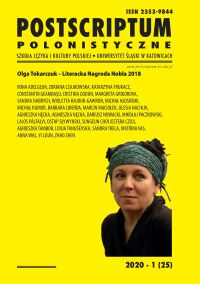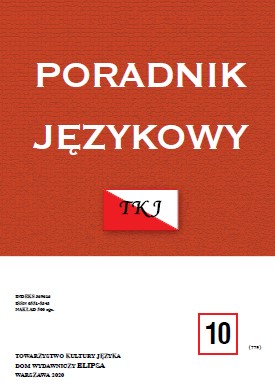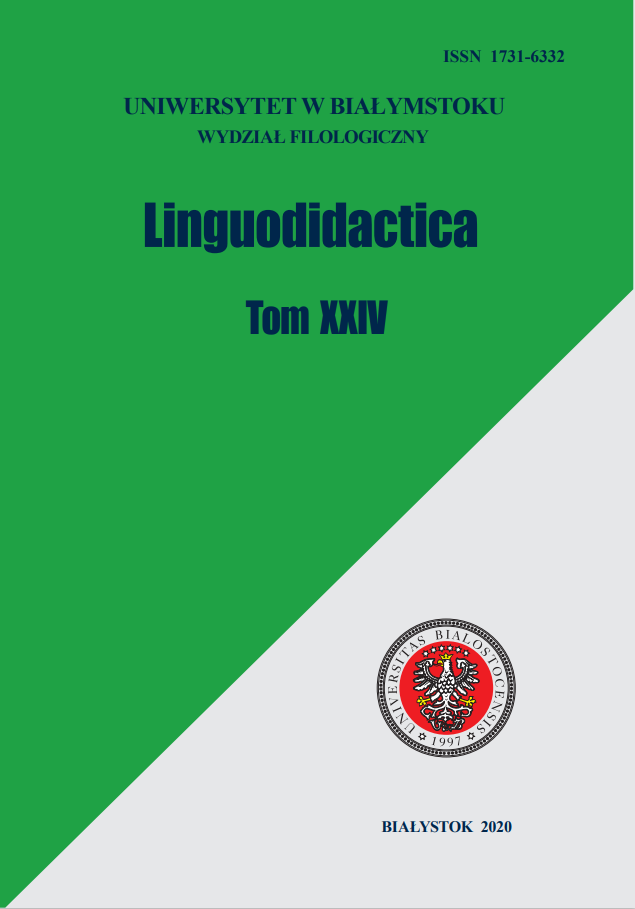
Par – nepar – aspektni par
Even aspectologists themselves (e.g. Janda 2007a; 2007b; 2008; Zaliznjak et al. 2010; Gorbova 2011) admit that the term “aspectual pair” is rather notoriously controversial. In the Croatian tradition, its controversiality can perhaps be best observed in the very description of aspectual pairs. On the one hand, the basic criterion for the formation of aspectual pairs is that the verbs in opposition should have identical meanings. On the other hand, the verification process of this lexical identity focuses wholly on the form of the derivative, i.e. its word-formation pattern, and not its lexical content. According to this way of thinking derivatives formed by suffixation (with semelfactive -nu- suffixed derivatives as the exceptions) are considered to be lexically identical with their base verbs. In contrast, it is claimed that prefixation always introduces shifts in lexical meaning, and therefore prefixed derivatives are not considered to be true aspectual pairs of their imperfective base verbs (cf. Silić 1978: 46–49). Following the views of some German aspectologists who predominantly deal with Russian, this paper seeks to show that morphology, i.e. word-formation patterns, cannot be used as the only criterion in the process of verifying semantic equivalence of a (I)PFV derivative and its base verb (cf. Maslov 1948: 305). Accordingly, it considers other criteria, such as the actional properties of verbs (lexical aspect), and complementary sentential and textual aspectual functions (cf. Lehmann 2009a). An additional objective of this paper it to raise awareness that verbs have different actional properties (lexical aspect) and consequently cannot form the same types of opposition (cf. Breu 1980; 1985; 1994; Janda 2007a; 2007b; 2008; Lehmann 1981; 1984; 1988; 2009a). Finally, it attempts to establish all the negative consequences of the morphological approach to aspectual pairs, which still prevails in Croatian linguistics, for aspect as a grammatical category.
More...
